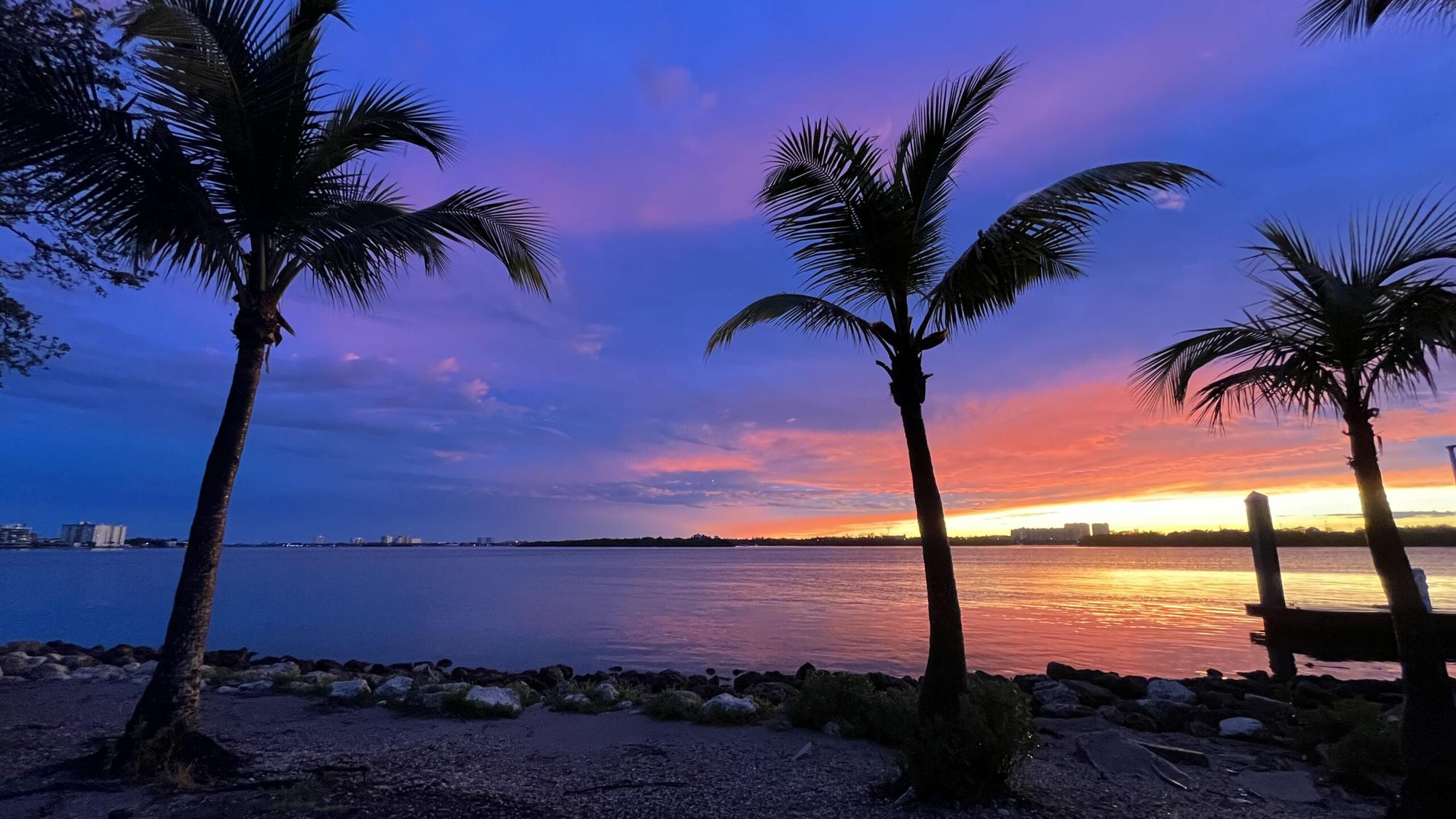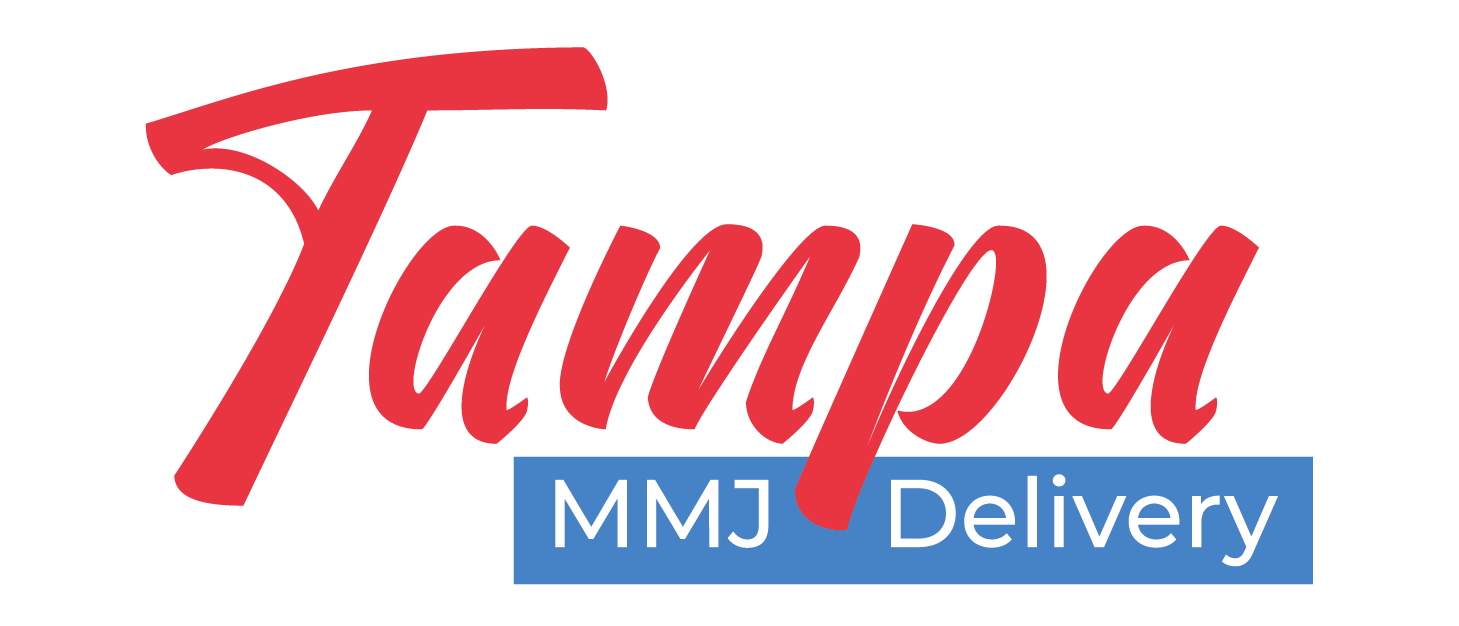Despite Florida’s growing medical marijuana market and a patient base exceeding 870,000, cannabis delivery services remain noticeably absent from many dispensaries in cities like Tampa. While delivery is legal statewide, a complex mix of regulatory, logistical, and financial hurdles has slowed its widespread adoption.
Regulatory Bottlenecks
Florida law, under the guidance of the Office of Medical Marijuana Use (OMMU), permits licensed Medical Marijuana Treatment Centers (MMTCs) to deliver cannabis to patients. However, the compliance requirements are far from simple. Each delivery must be meticulously tracked—from seed to sale—using internal tracking systems that sync with state regulators. This includes confirming patient identification upon delivery, adhering to product weight and dosage restrictions, and logging every transaction detail in real-time.
“Regulations aren’t just about being legal,” says a Tampa-based dispensary manager who wished to remain anonymous. “They’re about proving you were legal at every step of the process.”
For smaller or newer dispensaries without robust operational systems in place, the cost of building a compliant delivery network can be prohibitive.
High Cost, Low Margin
Launching a delivery program is a capital-intensive undertaking. Beyond regulatory compliance, there’s the cost of vehicles, insurance, fuel, maintenance, and trained staff. All of this must be balanced against Florida’s strict vertical integration model, which only allows fully licensed MMTCs to cultivate, process, sell, and deliver cannabis products. This limits third-party contracting options and puts the onus solely on the licensee.
For dispensaries that are already operating on razor-thin margins due to price competition and regulatory costs, delivery may not be a wise investment.
“Unless your brand is big enough or your patient base is high-density, delivery can quickly turn into a financial black hole,” says cannabis business consultant Andrea Ruiz of GreenCap Strategies.
Tampa’s Local Landscape
Local zoning laws also play a role. While Florida allows cannabis delivery statewide, municipalities can enact ordinances that affect how dispensaries operate. In Tampa, zoning for dispensaries is already restricted, and adding delivery—especially involving storage and dispatch logistics—can trigger new layers of municipal oversight.
Furthermore, Tampa’s dense urban sprawl poses geographic and traffic challenges that complicate efficient delivery routes. This can increase labor costs and diminish service reliability—two more deterrents for dispensary operators.
Patient Preferences and Market Maturity
While there is clearly demand for delivery—especially among patients with mobility issues—Tampa’s patient population remains largely used to in-store purchasing. Many patients prefer face-to-face consultation with knowledgeable budtenders, particularly when exploring new strains or products. This traditional purchasing behavior also contributes to the slow rollout of delivery services.
That said, market dynamics are beginning to shift. Larger operators like Trulieve and MÜV already offer delivery in the Tampa Bay area, and more may follow suit as the technology, demand, and competition mature.
Final Thought
Cannabis delivery in Tampa isn’t off the table—it’s just stuck behind a set of bureaucratic, financial, and infrastructural barriers. For patients seeking convenience, change may come gradually as industry consolidation and patient demand push dispensaries to innovate. Until then, brick-and-mortar retail remains the primary access point for Tampa’s medical marijuana community.
Related Article: Hillsborough County Enforcement: What Tampa Patients and Dispensaries Need to Know

